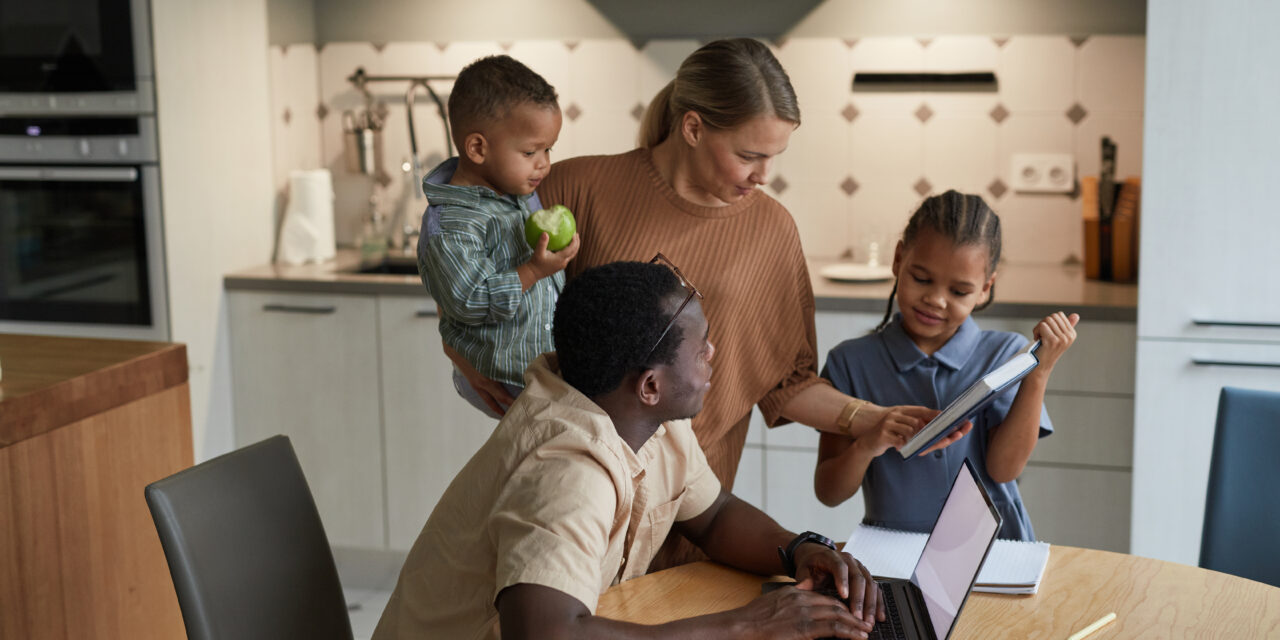When two people from different cultures come together and form a family, they create a household with many exciting characteristics that, if approached properly, can deepen and strengthen family bonds.
The fact that two people from different cultures have come together to form a family can be fun and interesting because biracial children have more to explore when it comes to who they are. As parents, your attitude towards cultural differences influences your children’s thoughts and feelings about their place in the world. So it’s best to keep an open, positive, and upbeat attitude regarding your multicultural family. Here are a few ideas for celebrating multiple cultures and ethnic backgrounds in your home.
Make it fun!
Honor your dual cultures by telling your kids your own love story.
- How did you meet?
- What did you think of each other at first?
- How did you each feel about each other’s culture and background initially?
- How have those feelings changed over time?
- What drew you to one another?
Keep your stories open and light. Add humor and exciting details to create a beautiful family stew of experiences. Your children will enjoy and appreciate your light-hearted nature when telling your own remarkable love story. Detail-driven stories that paint a beautiful mental picture will invite questions from your children and encourage them to feel comfortable asking about things they might already be wondering.
For example, you might only get a few questions about your cultural differences. Instead, you might get more questions about your early relationship. You may also notice a focus on the activities you enjoyed as a couple, which is a good sign because it shows an element of blending and non-judgemental appreciation for similarities and differences.
Idea: Create a “This is Us” Mixbook as a family and fill it with old pictures and stories!
Talk about personal family history
Does dad have anyone famous in his family?
Was uncle Bob the first person in the family to leave Ireland for America?
Does grandma Sally still cook the foods she grew up eating in South Africa?
These fun and intriguing elements show children a buffet of stories, culture, and history to draw upon. Children enjoy learning about people they are related to, even if they’re no longer living. If there’s a particular trade that your family is known for, discuss it.
Do you have old pictures, clothes, and other relics?
Do you have old recipes that you can cook together?
These are fun and exciting ways to bring culture to your children. Parents can creatively introduce cultural elements that keep children interested and tapped in. More than anything, however, you will notice that your open-loving and colorful approach to diversity will spill over into your children’s attitude regarding their families. In essence, you’re imbuing your children with a sense of rich cultural wealth and abundance they can continue to draw upon and continue in their own families.
Does the youngest child resemble a relative?
Bring out pictures to show your child how much she resembles Aunt Rosy. Talk about aunt Rosy and what you remember most about her growing up.
Meet the extended family
If both families are positive and inclusive, make it a point to introduce your children to your extended family. This type of fellowship will also deepen their positive feelings about their family. These measures help deepen and build a strong family foundation rooted in pride and acceptance. Your children can ask more questions and hear more stories, stimulating a sense of inclusion and pride.
Love and cohesiveness should be the building blocks you use to introduce two distinctly different cultures. Your children should be able to witness the fact that differences are not bad. Differing cultures can bring richness, interest, and variety to family life in so many ways. Acceptance and inclusion create positive pathways to build on your family history and promote a sense of acceptance and positive feelings.
Handling negative reactions
Sometimes, households with two different cultures may be subject to negative comments and judgment. Even the extended family may disapprove of unions between people from different cultures. However, your children will significantly benefit from your honest but caring handling of negativity. Even if you and your partner/spouse are the only two sources of positivity, there are still many great memories and activities you can do to promote a sense of pride in their diversity. As parents, your positive attitude and unconditional love for each other will create a sense of security in your children.
You can explain to your children that love is essential to any union. You can also patiently explain that some people have limiting beliefs that prevent them from seeing the beauty in the blending of different cultures. However, be sure to let them know that they shouldn’t feel bad or uncomfortable about other people’s self-limiting beliefs.
Your main goal is to share the awareness that some people may have issues with blending different cultures. As long as you emphasize the love, richness, and acceptance of your multicultural union, your children will embrace and love your multicultural history and heritage.
















